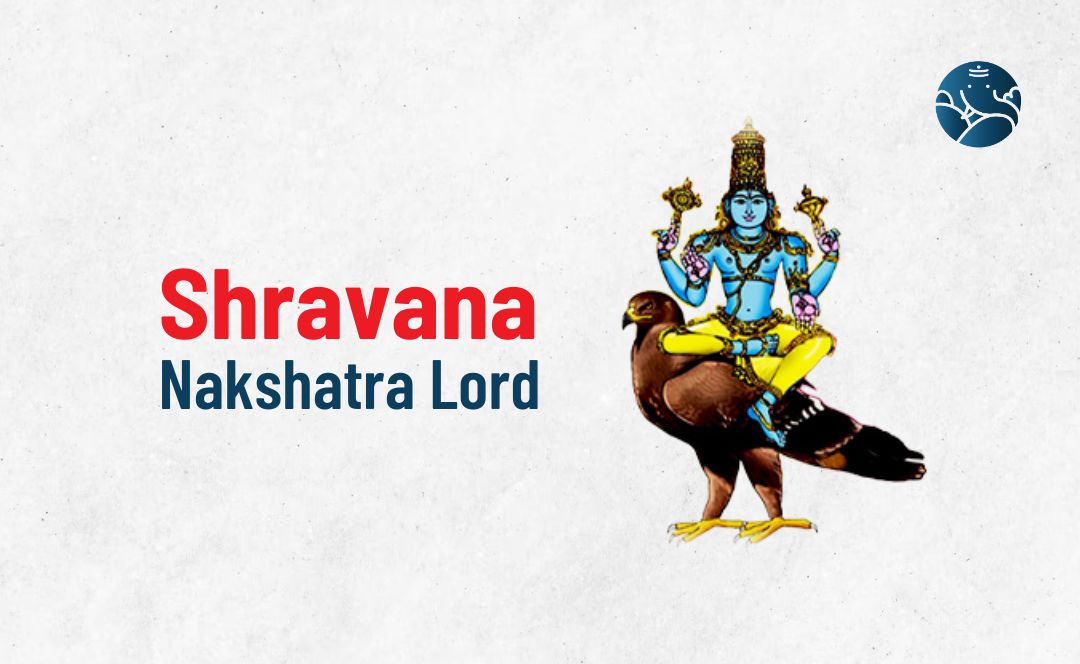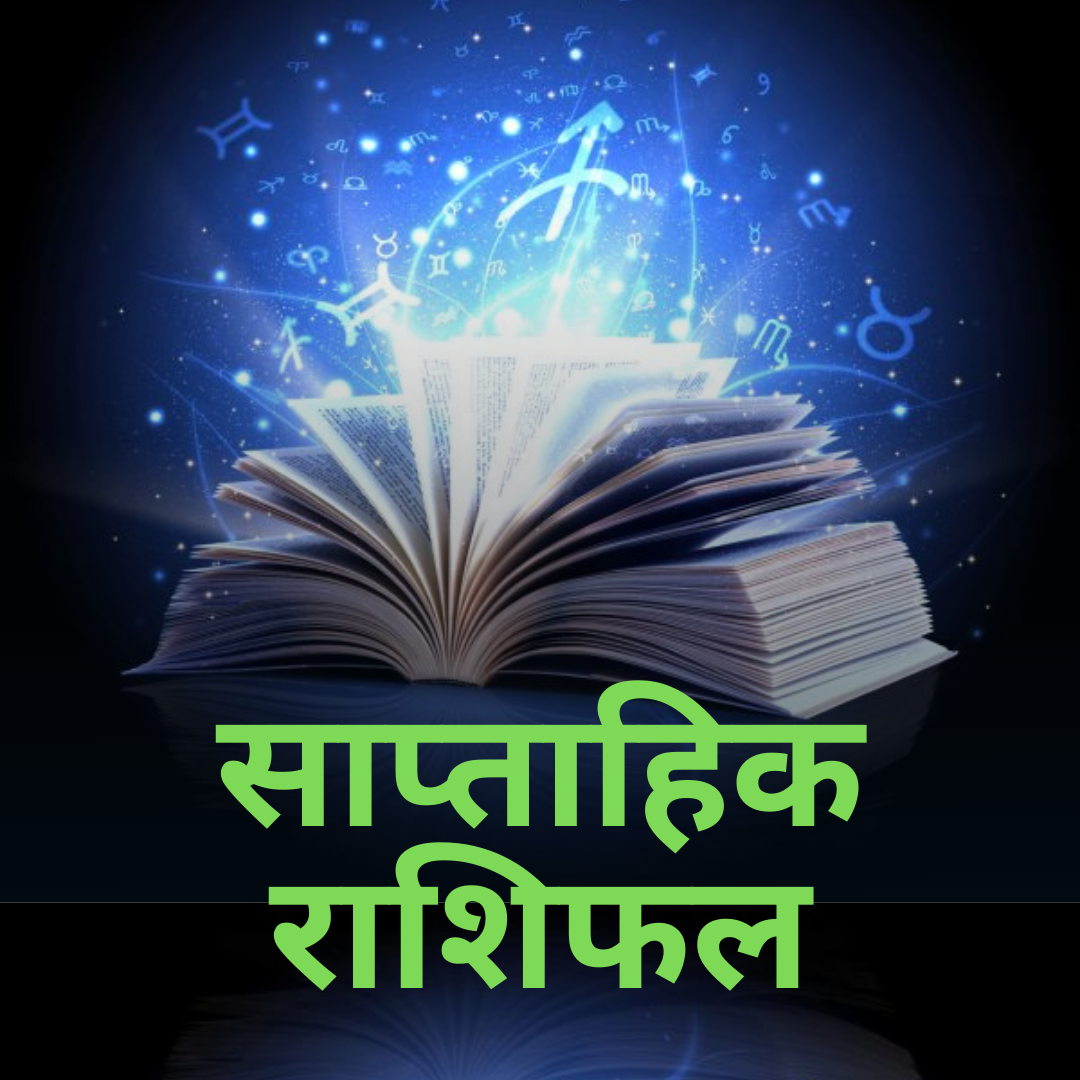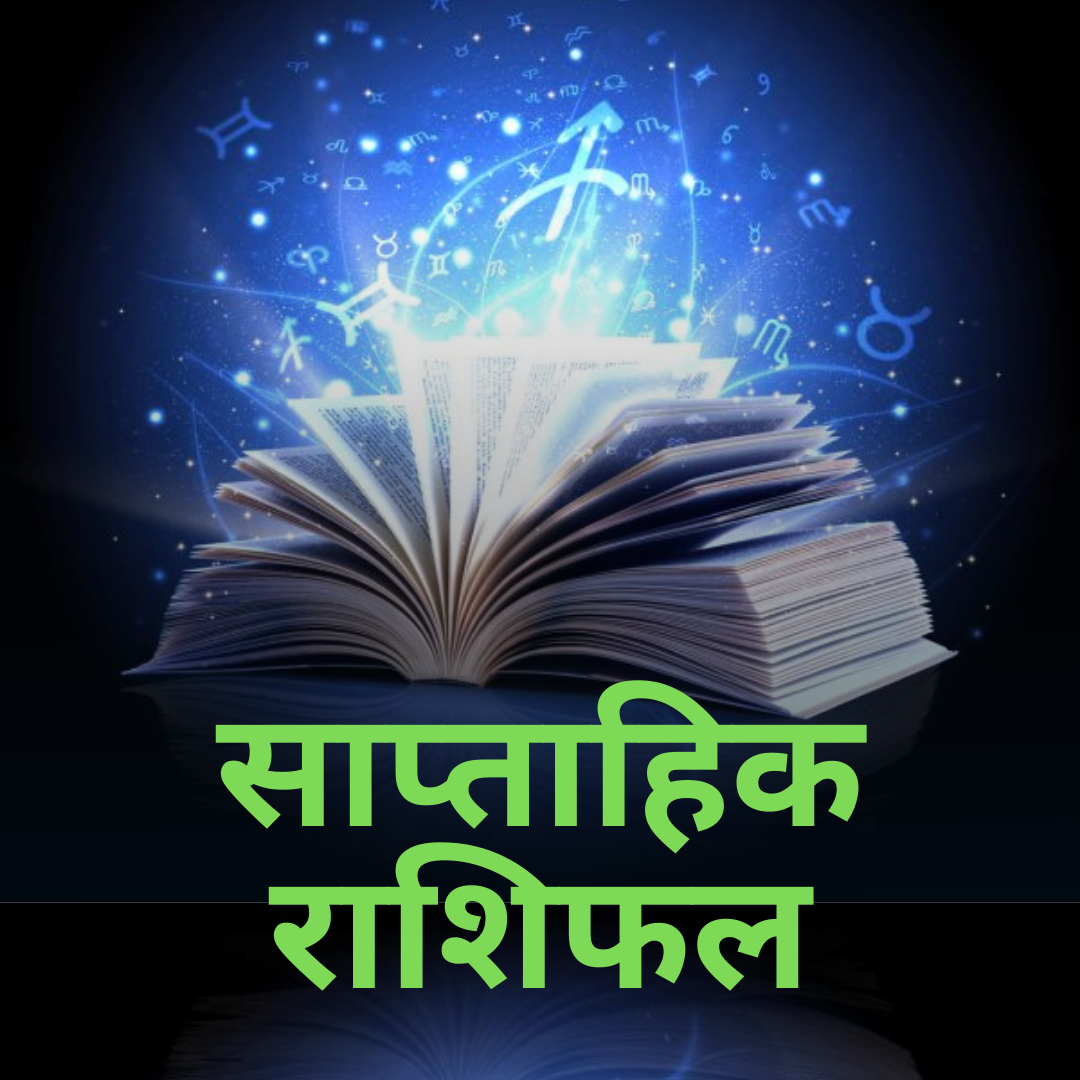
Chaitra Navratri Significance, Rituals, Story and Muhurat
Chaitra Navratri is a Hindu festival that is celebrated across the country. Most North Indian homes follow the Navratri fast to invoke the Adhya Shakti. It's to ask for her blessing in order to fight off all negativity and pursue happiness.
Significance of Chaitra Navratri
The first day of Navratri is an important day for Hinduism. Every day, different rituals are conducted to honour Goddess Durga during the nine-day festival.
The event is recognised by different names in different states; in Maharashtra, it is known as Gudi Padwa, while in Kashmir, it is known as Navreh. It falls on the same day as several harvest festivities across India.
The Hindu New Year begins on the first day of Chaitra Sankranti, according to the Amavasyant calendar. Shakti, or the feminine force, is represented by Goddess Durga. Shailputri, Chandraghanta, Brahmacharini, Skanda Mata, Kushmanda, Maha Gauri, Katyayani, Kalaratri, and Siddhidatri are the nine forms in which devotees worship her. She was born to slay the demonic monarch Mahishasura with her trident, and she is often referred to as the "Destroyer of Evil."
There is also a lunar new year in the Hindu calendar, which is more religiously significant. In the Punjabi, Assamese, Odia, Tamil, Malayalam, and Bengali calendars, the solar cycle year is crucial.
Chaitra Navratri begins on Pratipada Tithi, Shukla Paksha (Moon's waxing phase) and ends on Ram Navami (the birth anniversary of Shri Rama.)
The Akhand Jyoti is lit by devotees to invoke the Goddess's blessings and prosperity.
In Maharashtra, Chaitra Navratri is known as Gudi Padwa, whereas in Kashmir, it is known as Navreh. This year's Bengali new year is a day earlier than the Magh Bihu, Pongal, and Bengali New Year.
Gudi Padwa Navratri, also known as Ugadi, is a Hindu festival held twice a year. The first is commemorated when summer arrives, while the second is commemorated when winter arrives. The customs and rituals practised during this event are nearly identical to those observed at the Navratri festival, which occurs at the start of winter.
Ritual of Chaitra Navratri
In Hinduism, the holiday of Navratri is particularly auspicious because it honours the power of Goddess Durga in all of her nine manifestations. Families worship the Goddesses throughout these nine days, which are marked by a number of rites.
Goddess Durga is worshipped for the first three days of Navratri. Ma Durga is adored in a different form every day. On the fourth and sixth days, Goddess Laxmi is honoured. On the fifth and seventh days, Goddess Saraswati is adored. The Goddess Mahagauri is honoured on the eighth day, Ashtami. Goddess Siddhidatri is worshipped on the ninth day.
People clean their home temple before Navratri begins. The two fundamental parts of this Navratri celebration are fasting and praying. The majority of devotees fast for the whole nine days. Others eat certain foods considered pious foods on certain days.
Fasting of Chaitra Navratri
During Navratri, people fast in several regions of the country. Fasting purifies the body, heart, mind, and soul, according to many people. During these nine days, people adhere to a strict fasting diet.
The following are some of the reasons why individuals fast:
1) Certain people feel that fasting and sacrificing some personal interests shows devotion to goddess Durga. The goddess Durga's blessings can be obtained by doing so.
2) Navratri is observed as the seasons' change. Seasonal changes can have a variety of physical and mental consequences on your body. Fasting during this time can help you to rebalance your energy and seek Goddess Durga's blessings.
3) Fasting can help you gain control over your thoughts.
Conclusion
Online Astrology Consultations can help you know more about traditional rituals and ask questions about how you can obtain optimal health, wealth and happiness by following certain rituals.









